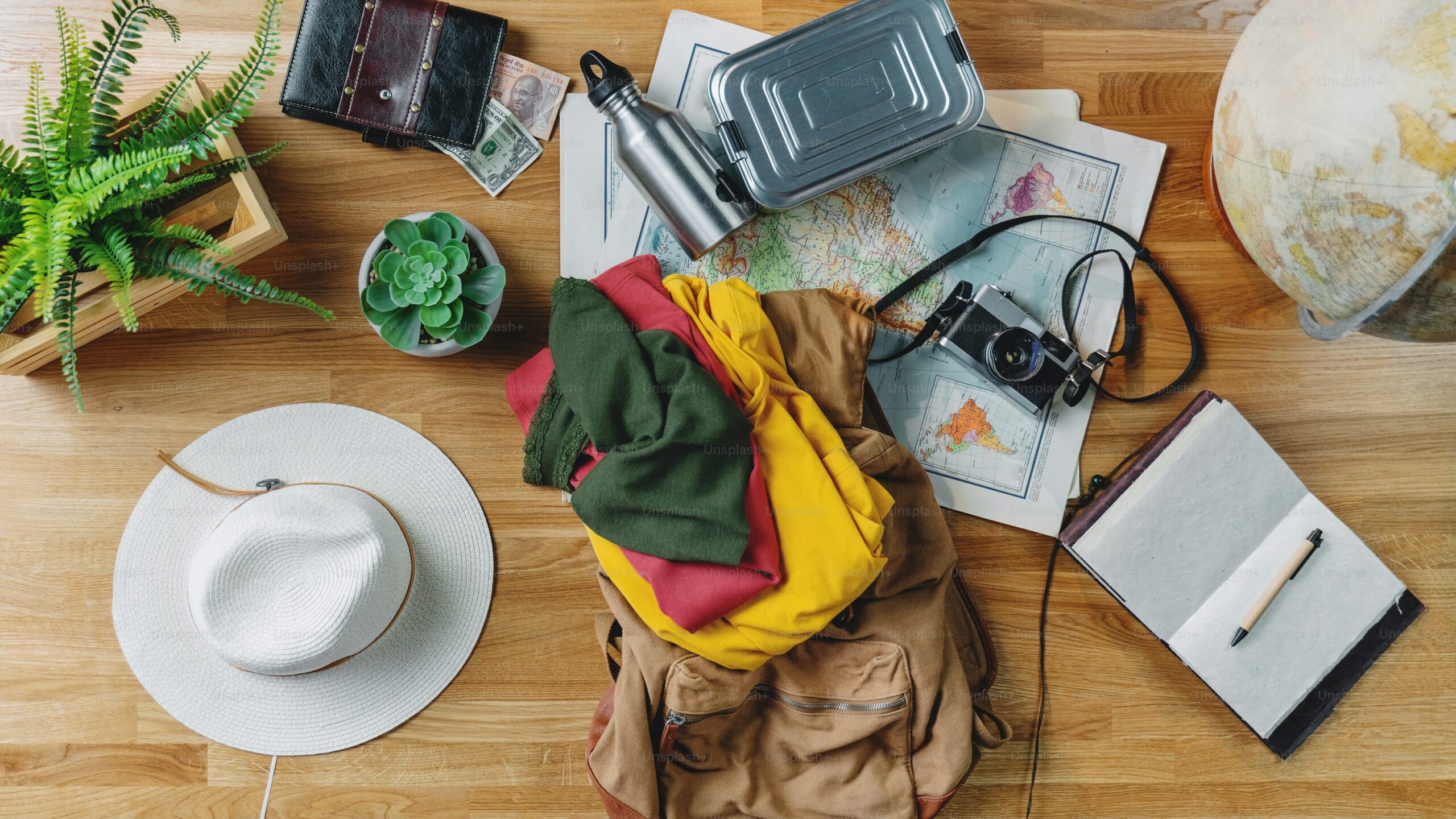Essential Information Before You Visit India: A First-Timer’s Guide

Introduction: Why India is a Life-Changing Destination
India is not just a country—it’s an experience. From the snow-capped Himalayas in the north to the palm-fringed beaches of the south, India is a kaleidoscope of cultures, colors, flavors, and traditions. But with its diversity comes complexity. Whether you’re a first-time traveler or a seasoned explorer, knowing what to expect can make your journey more rewarding.
1. Visa Requirements
- Tourist Visa: Most travelers need an e-Visa (valid for 30 days, 1 year, or 5 years).
- Apply online via the official government site https://indianvisaonline.gov.in/
- Documents needed: Passport (valid for at least 6 months), photo, and application form.
- Tip: Always print a copy of your e-Visa and keep it handy during immigration.
2. Best Time to Visit India
- October to March: Ideal weather in most regions, especially the Golden Triangle and Rajasthan.
- April to June: Hot summer; best for Himalayan getaways.
- July to September: Monsoon season; lush and green, especially in Kerala and the Western Ghats.
3. Cultural Etiquette & Customs
- Dress modestly, especially when visiting temples and rural areas.
- Remove shoes before entering homes and places of worship.
- Use your right hand for eating and passing objects; the left hand is considered unclean.
- Public displays of affection are generally frowned upon.
4. Language & Communication
- Official Languages: Hindi and English (widely spoken in urban areas).
- Regional Languages: Tamil, Bengali, Telugu, Marathi, etc.
- Phrasebook Tip: Learn a few Hindi phrases like Namaste (Hello), Shukriya (Thank you).
5. Safety & Health Tips
- Drink only bottled or filtered water; avoid tap water and ice.
- Eat freshly cooked food from clean places; go where locals go.
- Vaccinations: Consult your doctor about Hepatitis A, Typhoid, and Tetanus.
- Travel Insurance: Strongly recommended for medical and theft coverage.
6. Money Matters
- Currency: Indian Rupee (INR)
- ATMs are widely available, but always carry some cash, especially in rural areas.
- International cards work in most hotels and restaurants; UPI/PayTM for local transactions.
- Bargaining is expected at local markets—do it politely and with a smile.
7. Transport & Getting Around
- Trains: An iconic way to see the country—book in advance via IRCTC.
- Flights: Budget carriers like IndiGo, SpiceJet, and Akasa Air are affordable and reliable.
- Auto Rickshaws & Taxis: Negotiate fares or use apps like Uber and Ola.
- Public Transport: Metro systems in Delhi, Bangalore, and Mumbai are efficient.
8. What to Pack for India
- Lightweight, breathable clothes (but modest!)
- A scarf or shawl for temples and sun protection
- Power adapter (India uses type C, D, and M plugs)
- Sunscreen, insect repellent, and basic meds
- Hand sanitizer and wet wipes
9. Internet & SIM Cards
- Buy a local SIM card (Airtel, Jio, or Vi) at the airport with your passport and visa.
- Wi-Fi is common in hotels and cafés, but mobile data is fast and cheap.
- Tip: Carry ID proof for SIM activation.
10. Embrace the Chaos with an Open Mind
India is loud, colorful, sometimes chaotic—but always full of heart. Things may not always go as planned, but those unexpected detours often lead to the best stories.
Final Travel Checklist
- Apply for e-Visa
- Book first 2–3 nights of accommodation
- Get necessary vaccinations
- Buy travel insurance
- Pack with purpose and cultural awareness
Conclusion
India can be overwhelming at first glance, but it rewards every traveler who approaches it with curiosity and respect. Does your prep, keep your senses open, and let India work its magic.
